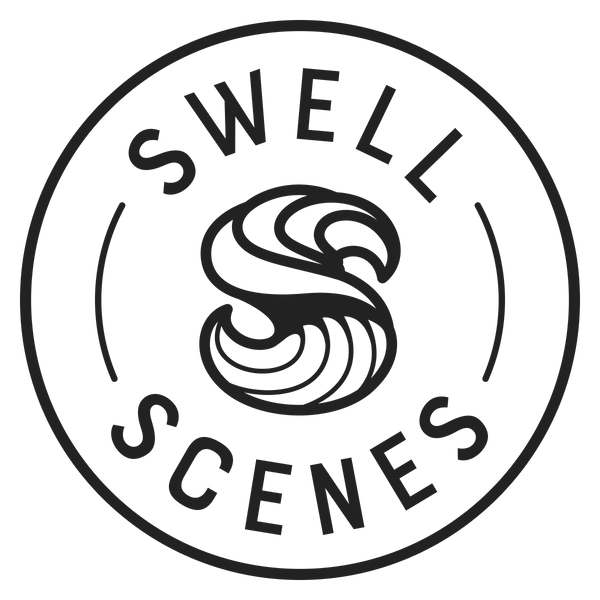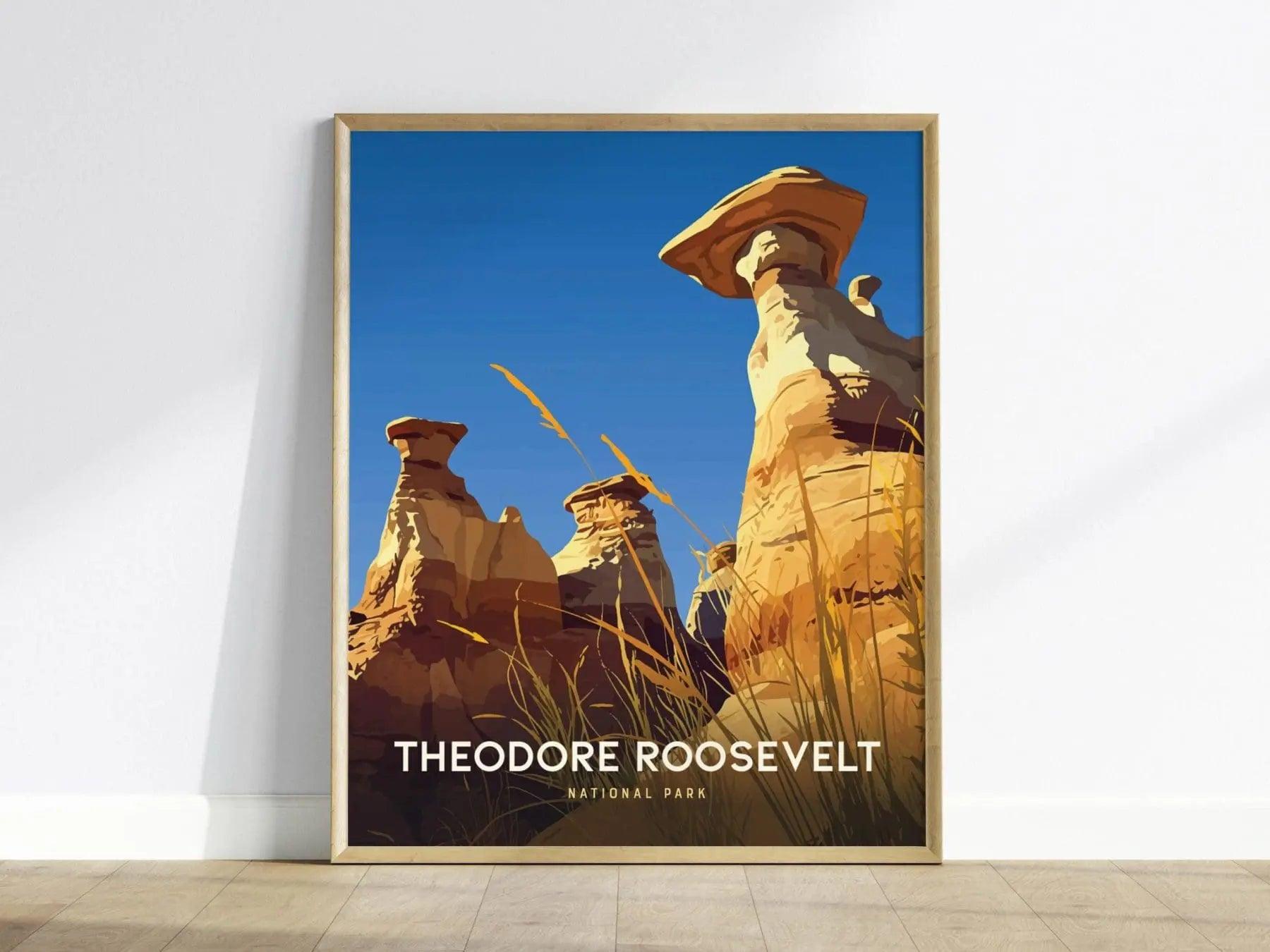Buy 1 Get 1 FREE Holiday Poster Sale!
Discount applied at checkout. Minimum of 2 posters.
Theodore Roosevelt Park Poster | North Dakota Badlands Art | NPS Gift
Theodore Roosevelt Park Poster | North Dakota Badlands Art | NPS Gift
Couldn't load pickup availability
Celebrate America's conservation legacy with this Theodore Roosevelt National Park Poster by Swell Scenes. Featuring the dramatic hoodoos and painted badlands of North Dakota's hidden gem, this striking artwork honors the wild landscape that transformed a young politician into America's greatest conservation president. Perfect for national park collectors, Roosevelt admirers, North Dakota pride, outdoor enthusiasts, and anyone who loves America's protected wilderness.
Why You'll Love It
- Presidential Conservation Legacy: Honors Theodore Roosevelt, who protected 230 million acres of public lands and established the foundation for America's National Park System after ranching in these badlands.
- Dramatic Badlands Beauty: Showcases the unique hoodoos, colorful geological layers, and rugged terrain of North Dakota's only national park—a landscape unlike any other in the park system.
- Perfect National Park Gift: Ideal for NPS passport holders, park collectors, Roosevelt history buffs, North Dakota residents, or anyone visiting this underrated treasure.
- Wilderness Home Decor: Adds national park heritage and conservation history to homes, cabins, offices, or any space celebrating America's protected lands and outdoor legacy.
About Theodore Roosevelt National Park and the Conservation President
Theodore Roosevelt National Park, protecting 70,446 acres of North Dakota badlands, stands as living tribute to the 26th President whose experiences in these very landscapes shaped his conservation vision and transformed American environmental policy forever. The park's significance extends far beyond scenic beauty—these rugged badlands, eroded buttes, dramatic hoodoos, and sweeping grasslands represent the wilderness that forged Roosevelt's character and inspired his unprecedented conservation legacy. Theodore Roosevelt first arrived in the Dakota Territory in September 1883, a privileged 24-year-old New York assemblyman seeking adventure in the Wild West. He purchased the Maltese Cross Ranch (now preserved within the park's South Unit) and invested in cattle ranching, drawn to the untamed landscape and the challenges it presented. When tragedy struck in 1884—his mother and wife both died on the same day—Roosevelt retreated to the badlands seeking solace and renewal. He established a second ranch, the Elkhorn Ranch (now the park's remote North Unit), and spent extended periods living the strenuous life he advocated, hunting, riding, and working alongside cowboys in this demanding environment. Roosevelt later wrote extensively about how the badlands experience transformed him: "I never would have been President if it had not been for my experiences in North Dakota." The harsh beauty, the physical challenges, the intimate connection with wildlife and wild places—all shaped his character and his worldview. He witnessed firsthand the devastating impacts of overgrazing, unregulated hunting, and resource exploitation, experiences that would inform his later conservation policies. When Roosevelt assumed the presidency in 1901 after McKinley's assassination, he brought badlands-forged determination to conservation. During his presidency (1901-1909), Roosevelt used executive authority to protect an unprecedented 230 million acres of public lands, establishing 5 national parks, 18 national monuments, 51 wildlife refuges, and 150 national forests. He created the U.S. Forest Service, signed the Antiquities Act allowing presidents to protect lands as national monuments, and fundamentally reshaped Americans' relationship with public lands and wilderness. Roosevelt's conservation philosophy balanced preservation with wise use—protecting lands for future generations while allowing managed access and sustainable resource extraction. This pragmatic approach made conservation politically viable and created the framework still guiding public land management today. The badlands that inspired this vision exhibit unique geological drama. Millions of years of sediment deposition followed by erosion carved the landscape into spectacular formations: towering hoodoos (tall, thin spires of rock topped with harder capstone), striped buttes displaying colorful geological layers spanning millions of years, deeply carved canyons, and the "painted" appearance created by volcanic ash, coal seams, and mineral deposits producing bands of rust red, cream, gray, and brown. The terrain's otherworldly appearance has been compared to the surface of another planet—stark, beautiful, and utterly unique within the National Park System. The park protects three units: the South Unit (near Medora), the North Unit (about 70 miles north), and the remote Elkhorn Ranch Site where Roosevelt's cabin once stood. Wildlife thrives here: bison herds (reintroduced after Roosevelt's time), wild horses, elk, pronghorn antelope, prairie dogs creating extensive "towns," and over 186 bird species. The Little Missouri River winds through the badlands, creating ribbons of cottonwood groves amid the arid terrain. Theodore Roosevelt National Park holds distinction as one of America's least-visited national parks—roughly 750,000 annual visitors compared to millions at Yellowstone or Grand Canyon. This "hidden gem" status appeals to travelers seeking authentic wilderness experiences without crowds. The park's remote North Dakota location, far from major population centers, ensures relatively pristine conditions and opportunities for solitude rare in more famous parks. For national park enthusiasts, visiting Theodore Roosevelt represents more than checking another park off their NPS Passport—it's pilgrimage to the landscape that created America's conservation movement. Standing in the badlands where young Roosevelt rode, hunted, and contemplated the wild, visitors connect directly to conservation history. The park regularly appears on "most underrated national parks" lists, with visitors discovering that North Dakota's badlands rival better-known parks for dramatic scenery and wildlife viewing. The Maltese Cross Cabin, Roosevelt's first ranch building, has been preserved and displayed at the South Unit Visitor Center, allowing visitors to see the rustic quarters where the future president lived during his ranching years. The scenic drives through both units showcase constantly changing badlands vistas, with pullouts offering interpretive information about geology, wildlife, and Roosevelt's legacy. Hiking trails range from easy nature walks to challenging backcountry routes through terrain that has changed little since Roosevelt's time. The park also protects significant cultural history: evidence of human presence spans 11,000 years, from Paleoindians hunting ice-age megafauna to Plains tribes following bison herds to frontier ranching history. For North Dakota residents, the park represents state pride—their only national park, honoring a president with deep North Dakota connections and protecting landscape that defines the state's character. The annual Medora Musical (near the South Unit) celebrates Western heritage and Roosevelt's legacy, drawing summer visitors who combine the show with park exploration. Whether you've stood atop the Painted Canyon overlook watching sunrise illuminate the badlands in spectacular color, hiked the challenging Petrified Forest Loop, photographed bison grazing among the hoodoos, visited the remote Elkhorn Ranch site where Roosevelt found solace, collected your NPS Passport stamp, or simply appreciate the conservation legacy born in these badlands, this poster celebrates Theodore Roosevelt National Park's unique place in American history. It honors the landscape that transformed a politician into a conservationist, the dramatic badlands that still inspire wonder, and the protected wilderness ensuring future generations can experience the same rugged beauty that shaped one of America's greatest presidents.
Print & Frame Details
- Premium 189gsm matte paper using archival pigment inks
- Dramatic colors capturing badlands geology and hoodoo formations
- Framed options include a 0.75″ (1.9 cm) Ayous wood frame in black, white, or natural
- Lightweight Acrylite front protector and hanging hardware included
- Available in multiple sizes perfect for homes and offices, framed or unframed
- Printed to order to reduce waste and support sustainable practices
Thoughtful Craftsmanship
At Swell Scenes, every print is made to order with museum-quality materials. Our National Park series celebrates America's protected wilderness and conservation heritage — made for park enthusiasts, outdoor lovers, and those who appreciate the landscapes that shaped our nation.
About Swell Scenes
Swell Scenes transforms national parks and protected lands into bold, beautiful artwork that fits any space. With a passion for conservation, wilderness beauty, and design, our posters honor America's greatest landscapes and inspire future adventures in our national parks.
Share
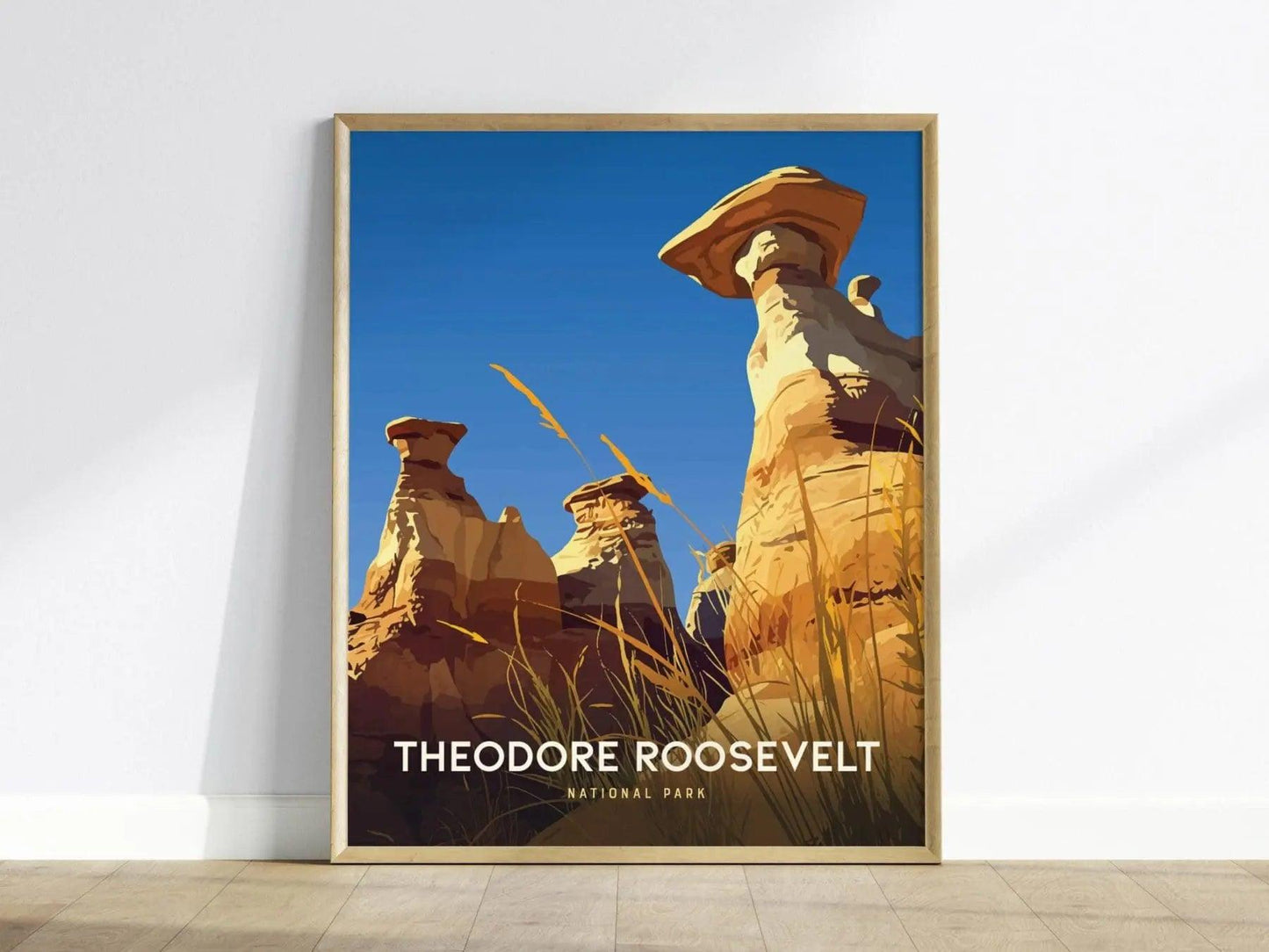











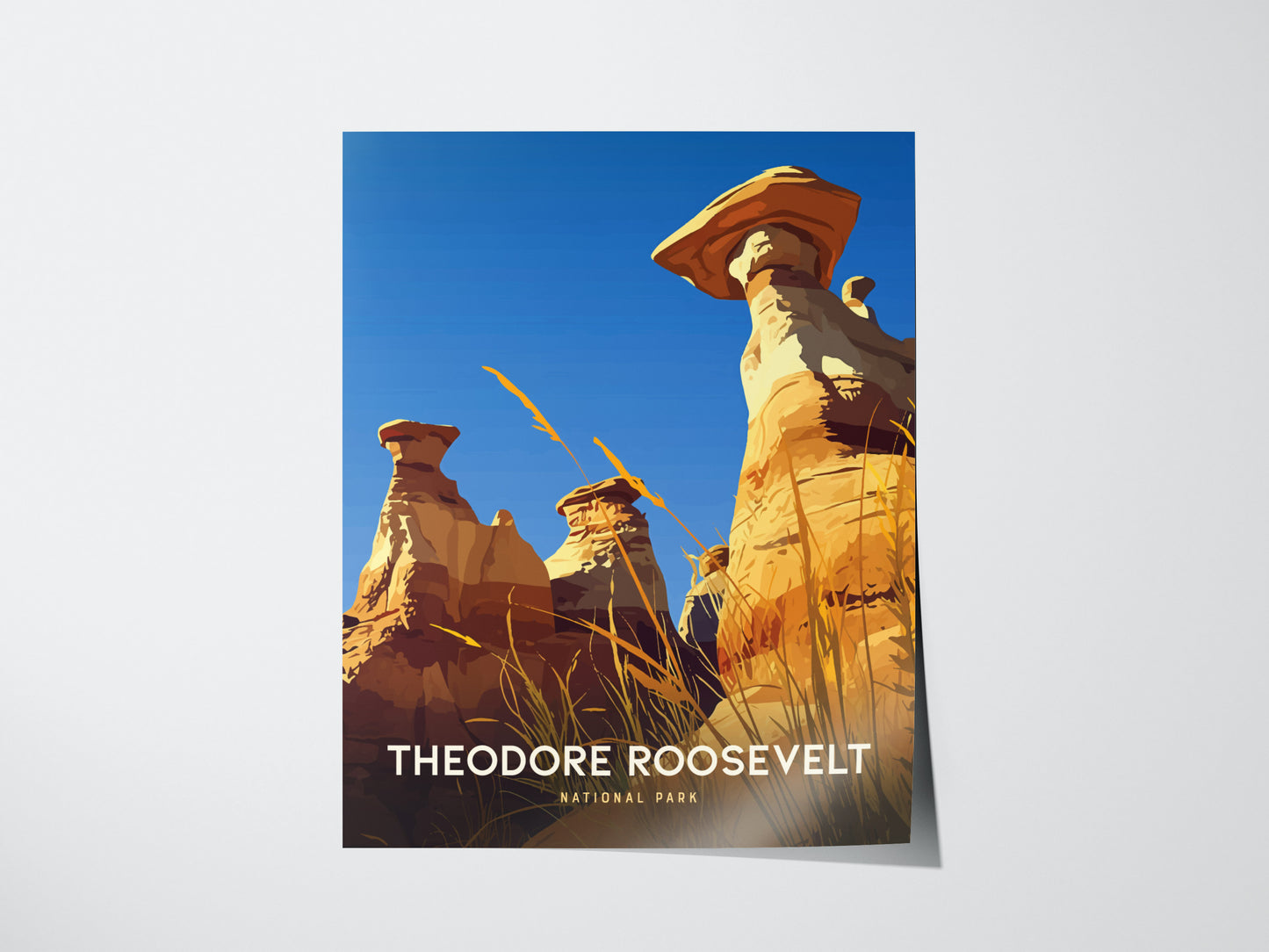
★★★★★ | 300+ 5-Star Reviews
-
As Seen On
-

-

-

-

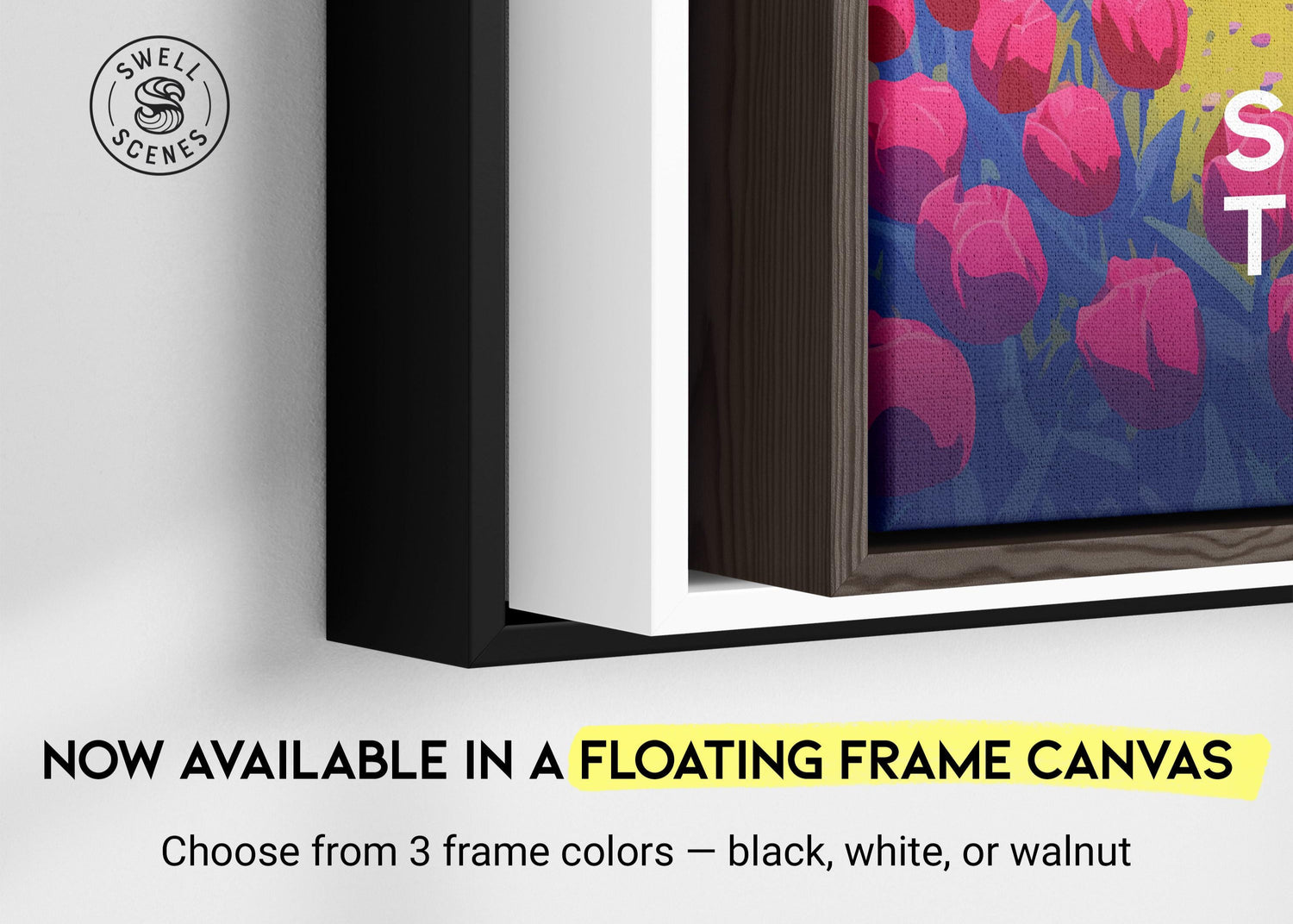
Framed Floating Canvases
Our floating framed canvas prints offer superior quality and the ultimate elegant look at an affordable price.
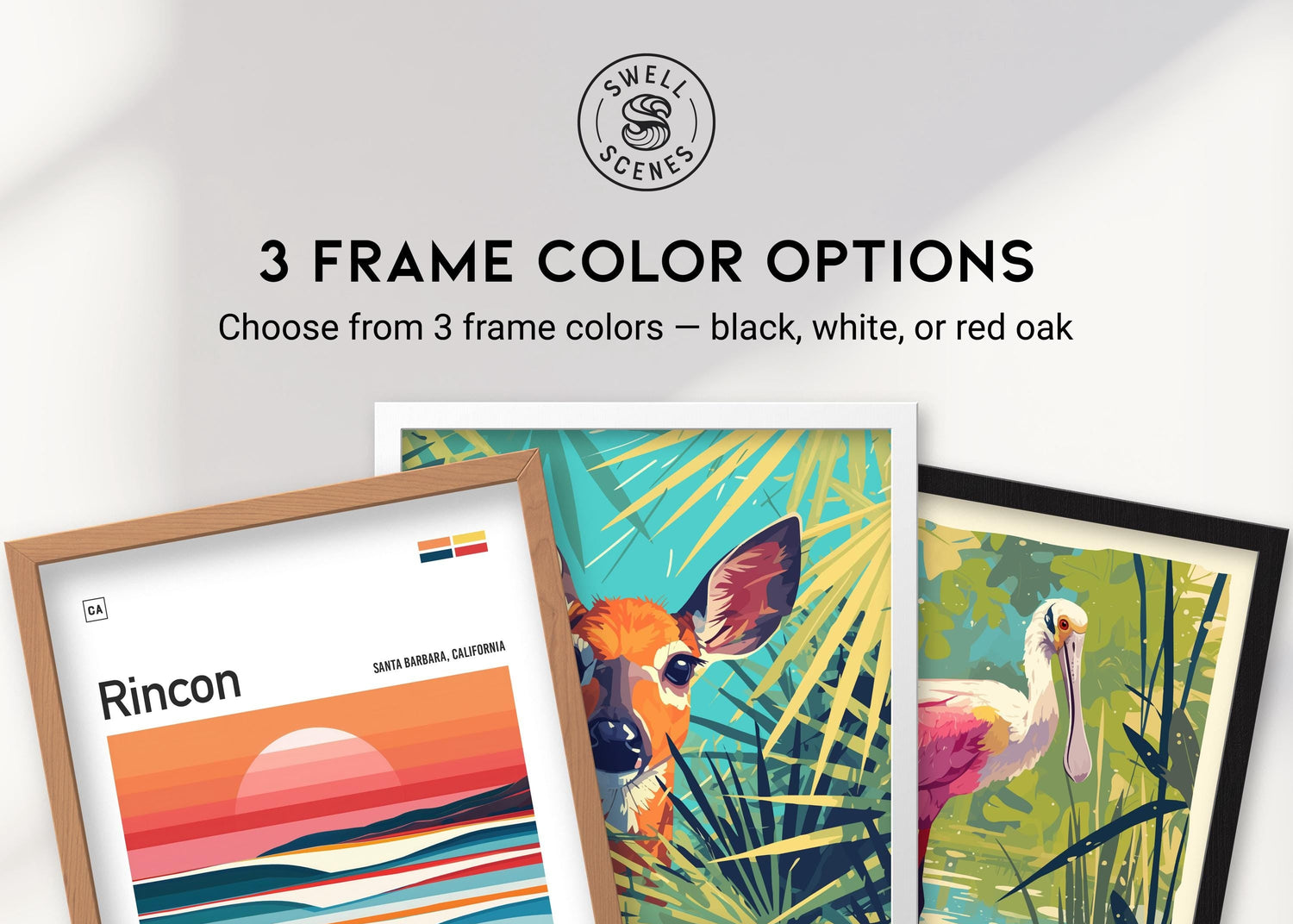
Wood Frames
Our Ayous wood frames are lightweight, durable, and available in three colors. These frames are classic and classy.
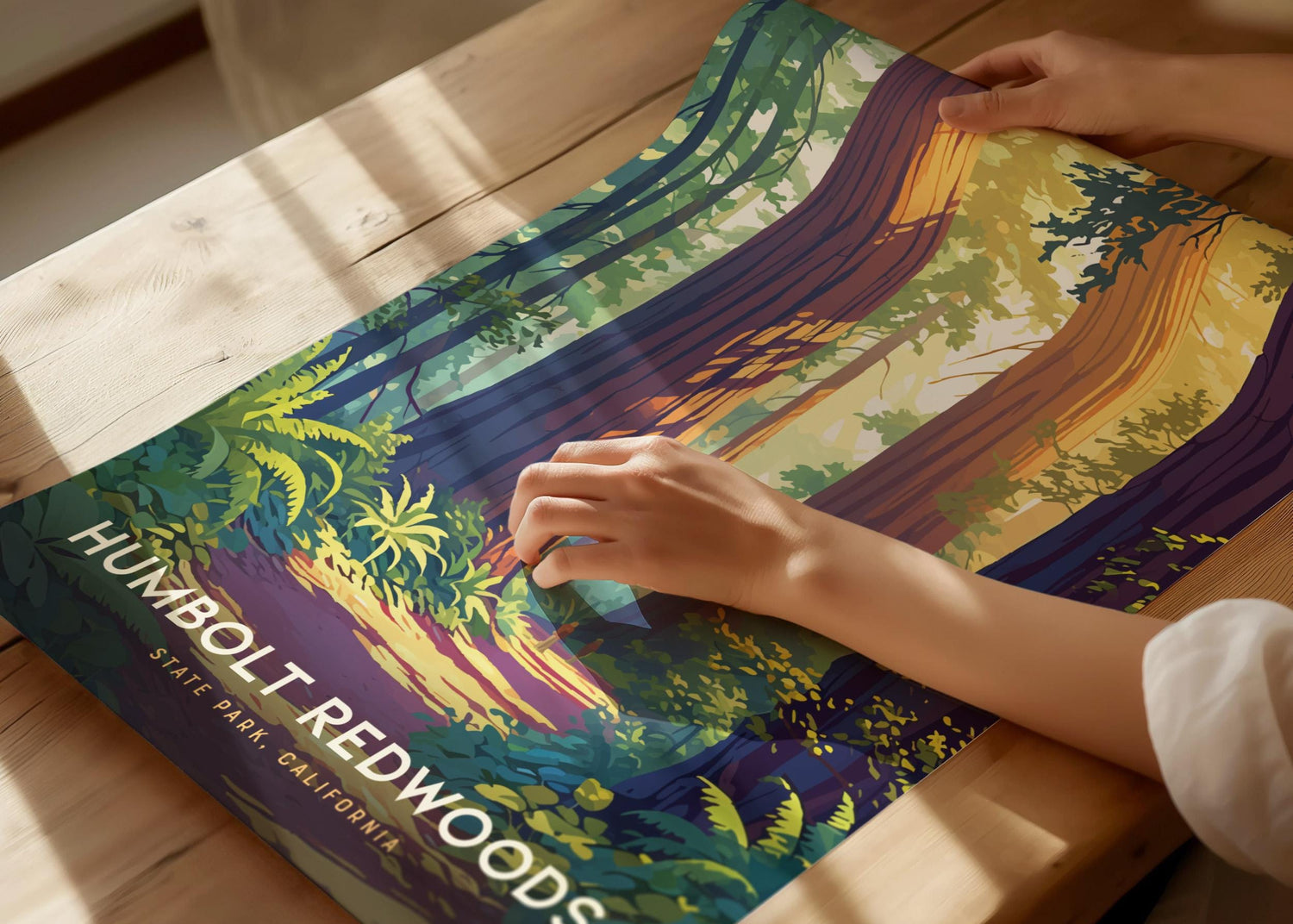
Museum-Quality Prints
Our posters are printed on thick matte paper using a multicolor, water-based inkjet printer that makes for brilliant colors.
FAQs
What are the shipping costs?
Free. All Swell Scenes art prints include free shipping. The price you see is what you actually pay.
How long does it take to receive my order?
Most orders are printed, framed, and shipped within 3–4 business days. Delivery usually takes about a week depending on your location.
Are the prints ready to hang?
Framed prints arrive ready to hang with hardware already installed. Unframed prints are rolled and shipped in a sturdy tube for protection.
What kind of paper do you use?
Each print is made on museum-quality, thick matte paper with archival inks for rich color and lasting quality.
Can I get a custom size or frame color?
We currently offer a curated range of standard sizes and frame colors to ensure perfect quality and fit. If you need a specific size, reach out — we may be able to help.
Will the colors look the same in person?
Yes, but slight variations can occur due to monitor calibration and lighting. Each print is color-checked before shipping to match the artist’s original design.
Where are the prints made?
All Swell Scenes artwork is printed and framed in the U.S. using trusted print partners who specialize in fine art reproduction.
What is Acrylite and why do you use it?
Acrylite is a crystal-clear acrylic that protects your artwork like glass but is lighter, more durable, and shatter-resistant — perfect for home or gallery walls.
Do the prints come signed or numbered?
Our open-edition prints are not numbered, but each piece is part of our exclusive Swell Scenes collection and designed by our in-house artists.
Do you offer returns or replacements?
Yes. If your order arrives damaged or defective, we’ll replace it at no cost. Just contact us within 14 days with photos and your order number.

